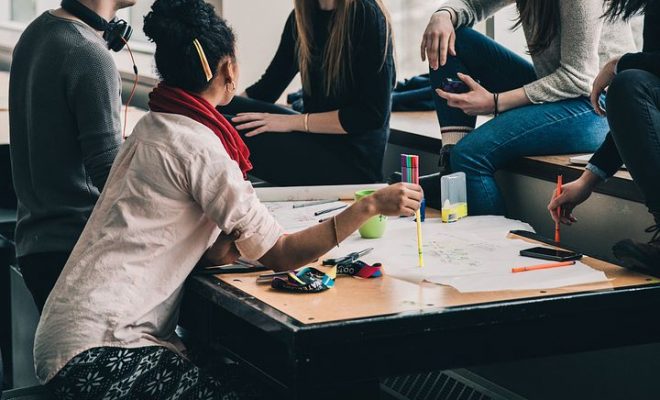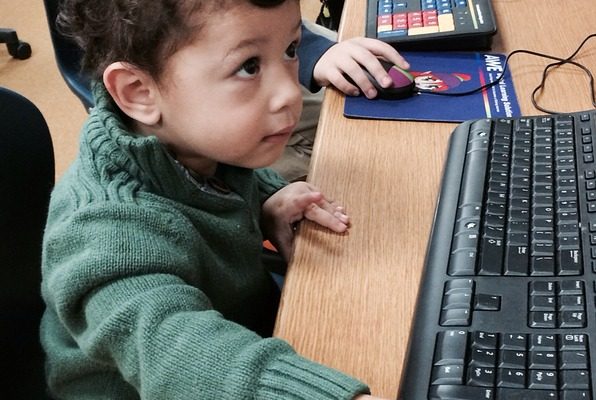Nine Strategies to Personalize Learning in Your Class Tomorrow

Personalized learning meets students at the intersection of their abilities and their interests, so why wouldn’t you want to individualize instructional experiences for every student in your classroom?For one thing, many teachers fear that individualizing lessons takes precious time they can’t afford to spend on creating bespoke learning sequences. In reality, you can’t afford not to personalize learning.
Fortunately, you can get started as soon as tomorrow with these four low-tech strategies:
- Build a community.
The first step in community-building is to provide a safe place for all learners. Create an
environment of trust where students can take learning risks without fear of harsh judgment.
- Flex your room.
You may see a classroom full of tables and chairs or plenty of student desks, but your students see an opportunity for learning in a variety of nooks and crannies in the room. Provide several seating alternatives for students who can’t stay in one place for long, and remember: at the end of the day, you can always move your furniture back in place.
- Opt for project-based learning.
Some of the best learning experiences are more about the process than the product. By having
to develop a project, students learn to analyze, evaluate, and synthesize.
- Allow for collaboration.
When given choices about their learning, students are more likely to take ownership and engage at a deeper level. Students who have voice and choice in their assignments are more successful.
You can also implement any of these of tech-centric ways to personalize learning:
- WeVideo. Give students the tools they need to capture their explanation on video and share them with their peers and parents. Students learn to record and edit video while practicing communication and creativity.
- Cloud computing. Whether you use the district cloud computing platform or opt for a specialized service like ExplainEverything, your students can find learning partners who share the same interests and goals, and they can work together on learning projects.
- Formative assessment. Autonomous learners still need feedback on how they’re doing. Take the pulse on learning mastery with curriculum-based assessments along the way.
- Seesaw. You’ve asked your students to maintain portfolios of their work, and the result is a disorganized mess of random papers. Have you tried a digital format? Seesaw lets your students develop their portfolios in digital file form.
- Class Dojo. This one’s for you, because you’ll need a way to keep track of the personalized learning experiences in your classroom. Class Dojo will help you track and monitor behavior and academics, and you can share the results with parents through the platform.
Personalizing learning in your classroom is as simple as taking the first step toward individualizing instruction based on student need.





